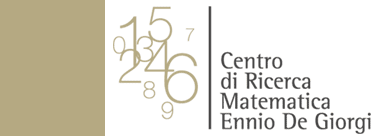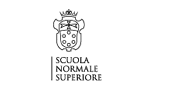course: Simulations of synaptic mechanisms using D3D, a Java-based 3D reaction-diffusion simulator that uses finite-difference and Monte Carlo algorithms
speaker: Jason Rothman (University College London)abstract: Experimental paradigms to investigate synaptic activity often use laser photolysis, such as photo-uncaging and fluorescence recovery after photobleaching (FRAP). In order to simulate such experiments, one needs to specify an illumination point spread function (iPSF) that drives a spatial-temporal light reaction. In this talk, I will describe D3D, a Java-based reaction-diffusion simulator created by the UCL Silver Lab that allows specification of arbitrary iPSFs in arbitrary 3D geometries, and has an easy-to-use graphical interface for viewing simulation parameters and geometries. In the first example, I will describe how D3D was used to simulate glutamate uncaging in the synaptic cleft, to investigate the desensitization properties of post-synaptic AMPA receptors of cerebellar granule cells. For these simulations, the iPSF was estimated by fitting an average axial laser-intensity profile with a diffraction integral representation of a high numerical-aperture objective, including spherical aberrations. In the second example, I will describe how D3D was used to simulate FRAP of synaptic vesicles tagged with the Venus fluorescence protein, using a similar representation of the iPSF. For these simulations, Brownian motion of vesicles, including steric interactions, was simulated using a 3D Monte Carlo algorithm for non-overlapping hard spheres. The simulations also accounted for local hydro-dynamic interactions between the vesicles. I will then show how D3D was used to simulate vesicle interactions with the active zone, including vesicle tethering, docking and release. Lastly, I will present results showing how D3D was used to simulate the spatiotemporal distribution of Ca2+ in the vicinity of voltage-gate Ca2+ channel (VGCC) clusters at the calyx of Held terminal, including Ca2+ diffusion and binding with buffers and fluorescence dye, and the detection of fluorescence using a Gaussian confocal PSF. These examples will illustrate how D3D has grown to be a versatile package for simulating photolysis experiments and synaptic mechanisms.
timetable:
Thu 11 Oct, 16:30 - 17:30, Aula Dini
<< Go back

